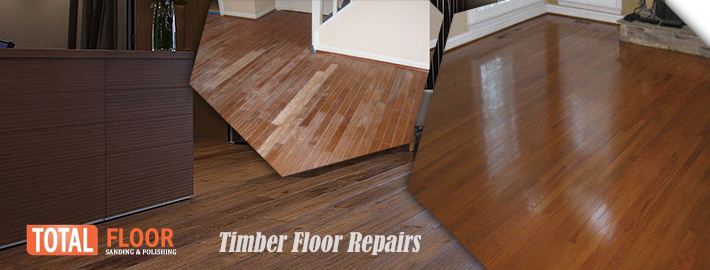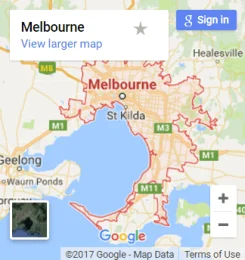Commercial floors are one of the high traffic areas as it involves walking of peoples, movement of chair and other office furniture. The office can be said second home as we spend 9 hours daily in the office. The first thing when outsiders notice is the floor when they visit the office if it’s scratched or in poor condition, it creates a bad impression.
Nowadays, due to modern office trends, most business owners prefer timber wood flooring because of its versatile look and easy maintenance. Wooden floorings are perfect and capable to resist rough usage, either it also doesn’t look dirty and can be easily cleaned by sweeping and vacuuming regularly. But with time, it may require some care and maintenance.
Many people have the misconception that buffing is the same as sanding but buffing is generally an exfoliation of the top layer of the floor to restore its original shine. While sanding is a much detailed process as compared to buffing because it involves removing polyurethane sealer, stubborn stains, and removal of damaged wooden parts. If you are looking for Timber Floor Installation in Melbourne, then take advice from the flooring professionals to proceed safely.
It’s important to know when and how to buff, generally, there are two types of buffing that are:
1) Spray buffing: it is used to remove dirt from the floor and restore its glossy look. Spray buffing is the most common type of buffing that uses buffer pads with a polishing solution with mechanical action to enhance the floor shine.
2) Dry buffing: dry buffing includes high-speed buffer mechanical action that is capable to remove stains and provide a smooth floor finishing.
When to buff the floors?
Well, it depends on the usage of the floor and traffic of the floor. It’s best to buff the commercial floor every month to preserve its longevity. Regular buffing will make your floor look clean and glossy and will reward your office with compliments and other benefits. It’s safe to buff more often as it always helps to improve the floor texture and look because frequent buffing will help to save on flooring repair and maintenance costs by removing gunk, debris, and scratches over time.
In the case of a low-traffic area, you can follow a buffing schedule every 2 to 3 months.
Floor preparation and basic buffing steps
1) As buffing is done using high-speed machines prepare the floor area by removing all obstacles in one place.
2) Before starting with buffing, just clean the floors using a sweep and mop.
3) When the floor surface gets dry completely, buffing solution is sprayed evenly on all floor areas.
4) After spraying the solution, a buffer machine is moved across the floor surface. In case of scuff marks, you can hold the buffer machine for a little longer time.
5) Change the pad when it gets dirty or clogged due to buffing solution.
6) Dry the floor and apply to finish. Ensure the floor is slip-resistant and perfect.
Endnote:
with regular buffing, the floor can easily be maintained in good condition without the need for expensive repairs and replacements. At total floor sanding and polishing, we are highly experienced professionals in Timber Floor buffing and cleaning in Melbourne. Consult us today for any flooring service.


